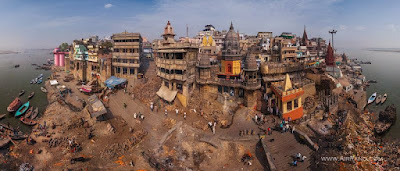Assign Requirements:
After defining the
releases, tree, we define and review the requirements in the requirement
module. We assign them to the releases and cycles. Requirements describe our
application needs in detail. These requirements are the same requirements that
are gathered during first phase of development life cycle.
Requirement Management:
In this phase, we
analyze the application and determine the requirements. We maintain and manage
the requirements in the application. Requirement management phase includes
following approaches
- Define Scope
- Create Requirements
- Detail Requirements
- Assign to Release
- Analyze the
Requirements
- Establish Baseline
Define scope: We begin the application life cycle
management process by gathering all the available documentation on the
application under development, such as marketing and business requirement
documents, system requirement specification and design documents etc.
Create Requirements: We use the requirements scope to
determine the overall requirements for the application under development. For
example the Flight reservation application
basic requirements are secured login, booking management, Profile
management, booking history, application performance, application security.
Navigation:
Select “ Requirements
“ folder and go to “Requirement menu” à Click on “New
Folder” àGive the name for the requirement as “mercury
tours “ and click ok button à Select Requirement
type check box, you will be given a list of types of requirements à Select Requirement
type as “Functional” à Write requirement
name as “Secured Login” à Click on “submit”
button
Repeat the same
process to add number of requirements in to the requirement phase.
Detail Requirement:
Testers create a list of detailed requirement ( Test scenarios) for each
requirement in the requirement tree. Example for detailed requirement for flight reservation application are as
follows
Secured Login à
Successful Login
Navigation:
Select “requirement” à
Go to “Requirements Menu” à Click on “New
Requirement” à Select requirement
type as “Testing” à Enter the Detail
requirement as “ Successful Login” à Click on “Ok “button
Repeat the same
process to add number of detail requirement in the requirement phase.
Assign to Release: We can assign the requirements to release
and cycles of the releases tree in the release module. These assigned
requirements are then used as a basis for the test plan in the Test Plan
module. The tests we create during the test plan phase are used to link to
these requirements to create coverage.
Navigation:
Select “requirement” à
Double click on each requirement à
Click on “target Cycle” list box à expand “Release 1” à
Enable the Check box for “Cycle1- Comprehensive testing” à
Click on OK button à select the “Direct
Cover Status” as “Not covered “ and “priority as “ high/medium / Low” à
Click on ok button .
Analyze Requirements: Review our requirements to ensure that
they meet the scope defined earlier. After a requirement is approved , we
change the requirement from a “ Not Reviewed” status to “ Reviewed Status “
Navigation:
Analyze Requirement àdouble
click on each requirement à Change from “not
reviewed” to “Reviewed” à Click on Ok button.
Establish Baseline:
After
the requirements have been reviewed and approved, we can create a baseline for
our requirements.















































